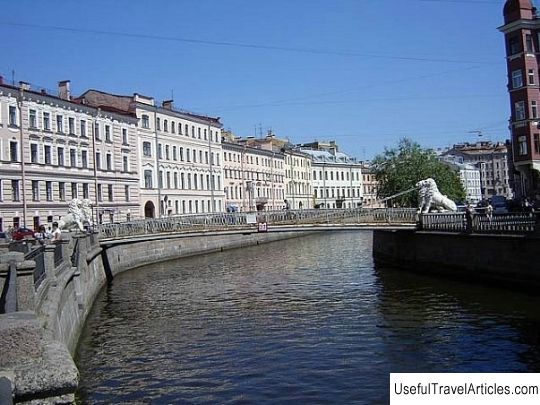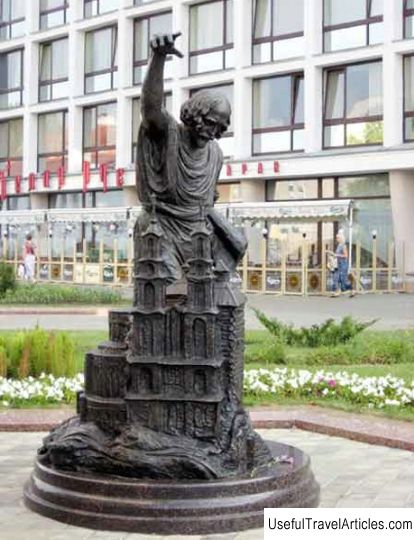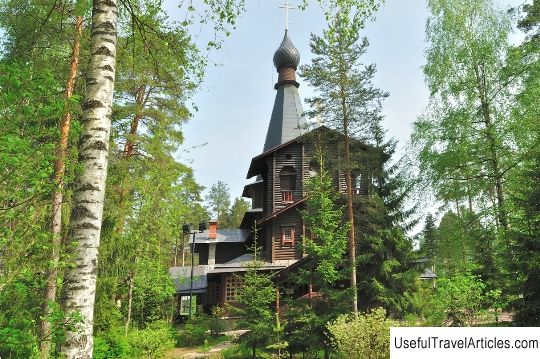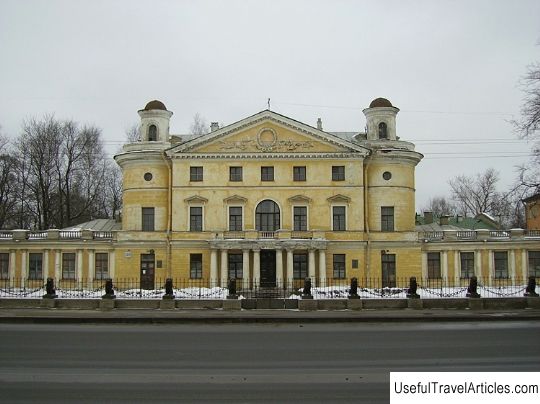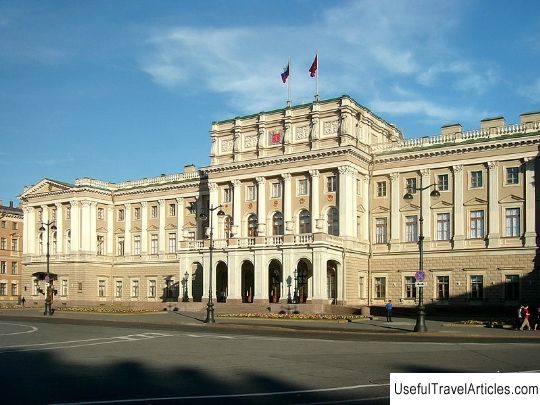Shih Tzu monument description and photo - Russia - Saint Petersburg: Saint Petersburg
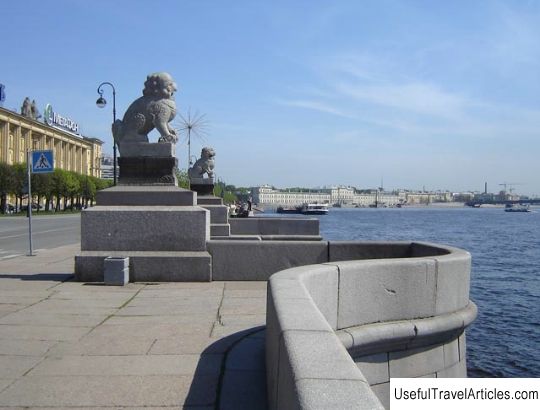
Shih Tzu monument description and photo - Russia - Saint Petersburg: Saint Petersburg. Detailed information about the attraction. Description, photos and a map showing the nearest significant objects. Photo and descriptionOn September 4, 1907, in the capital of the Russian Empire - St. Petersburg, on the embankment of the Neva, sculptures, unusual for Russian sculpture and traditions, appeared - a pair of lions (Chinese: `` shih-tsza '') ... According to Chinese mythology, they are protectors of family well-being. One of the sculptures is a mother lion and a lion cub, the second is a lion father, symbolizing knowledge. According to ancient beliefs, the ball, which he holds with his paw, dispels darkness with light and fulfills any desires. Before becoming an adornment of the banks of the Neva, the shih-tsza stood in the city of Girin in Manchuria. They were intended for a new temple-prayer house, erected by order of the governor of the city - General Chan. After his death, the new ruler Girin decided to make a gift to the Governor-General of the Amur Region N.I. Grodekov, who transferred the statues to St. Petersburg. He did it at his own expense, spending about a thousand rubles on transportation. In 1903, the embankment was reconstructed in St. Petersburg. According to the idea of the engineer F.G. Zbrozhek and architect L.I. Novikov, Neva was dressed in granite, and not far from the house of Tsar Peter I, a picturesque descent to the river was made. It was there, on the recommendation of the architect L.N. Benoit, who believed that the statues are of great artistic value, were placed on massive pedestals and it was decided to install Grodekov's gift. The donor's name is immortalized in the inscription: “The gift of the general from infantry N.I. Grodekov. ” The statues are made of solid pieces of granite. The weight of each of them is about 2.5 tons, the height is more than four meters. Shih Tzu has an inscription in one of the Chinese dialects. It reads: "This lion was made in Girin on a happy day of 10 months of 32 years (according to our chronology in 1906) of the now reigning emperor of the Dai-Qing dynasty, whose years of reign are called Guan-xu, or the continuation of the glorious reign." Lions do not look quite ordinary and bear little resemblance to real ones. The head of the Shih Tzu is very large, the muzzle is disproportionately wide, the chest and legs are exaggeratedly strong. In the homeland of sculptures in imperial China, such fantastic creatures have adorned temples, gates of imperial palaces or tombs, residences, and administrative buildings since the Han dynasty. Nowadays, they are an indispensable attribute of Buddhist temples and shrines in Shintoism, common as a symbol of power, strength and justice in drachmic beliefs, for example, a lion-wakhana similar to shih-tsza serves as a mount for Lord Manjushri. According to beliefs, shih-tsza is a protector of the law and a guardian. He is a symbol of unlimited power, strength, success. In Korea, shih-tzu corresponded to the image of a dog, it was believed that armor made from the skin of a lion was much stronger than the rest, in Japan, shi-tzu turned into a mixture of a Korean dog and a Chinese lion. According to historical traditions, the guards of shih-tzu are located on both sides of the entrance to the sanctuaries. There is always a lion on the right, and a lioness with a lion cub on the left. Usually, a lion holds a ball with his paw, which in Buddhism is called tama, which in Japanese means knowledge, treasures, light that is brought into darkness. The lioness, as a rule, holds the lion cub with her paw. If the pieces are in pairs, then one of them has an open mouth, the other is closed. According to one interpretation, these are symbols of the birth of a new life and death, according to another interpretation, they are symbols of openness to good and rejection of evil, according to the third, the mouths symbolize the first and last letters of the Sanskrit alphabet. In general, it is believed that an open mouth scares away evil and demonic forces, while a closed one protects good and preserves justice.     We also recommend reading Church of the Life-Giving Trinity in Troitskaya Sloboda description and photos - Russia - Moscow: Moscow Topic: Shih Tzu monument description and photo - Russia - Saint Petersburg: Saint Petersburg. |
